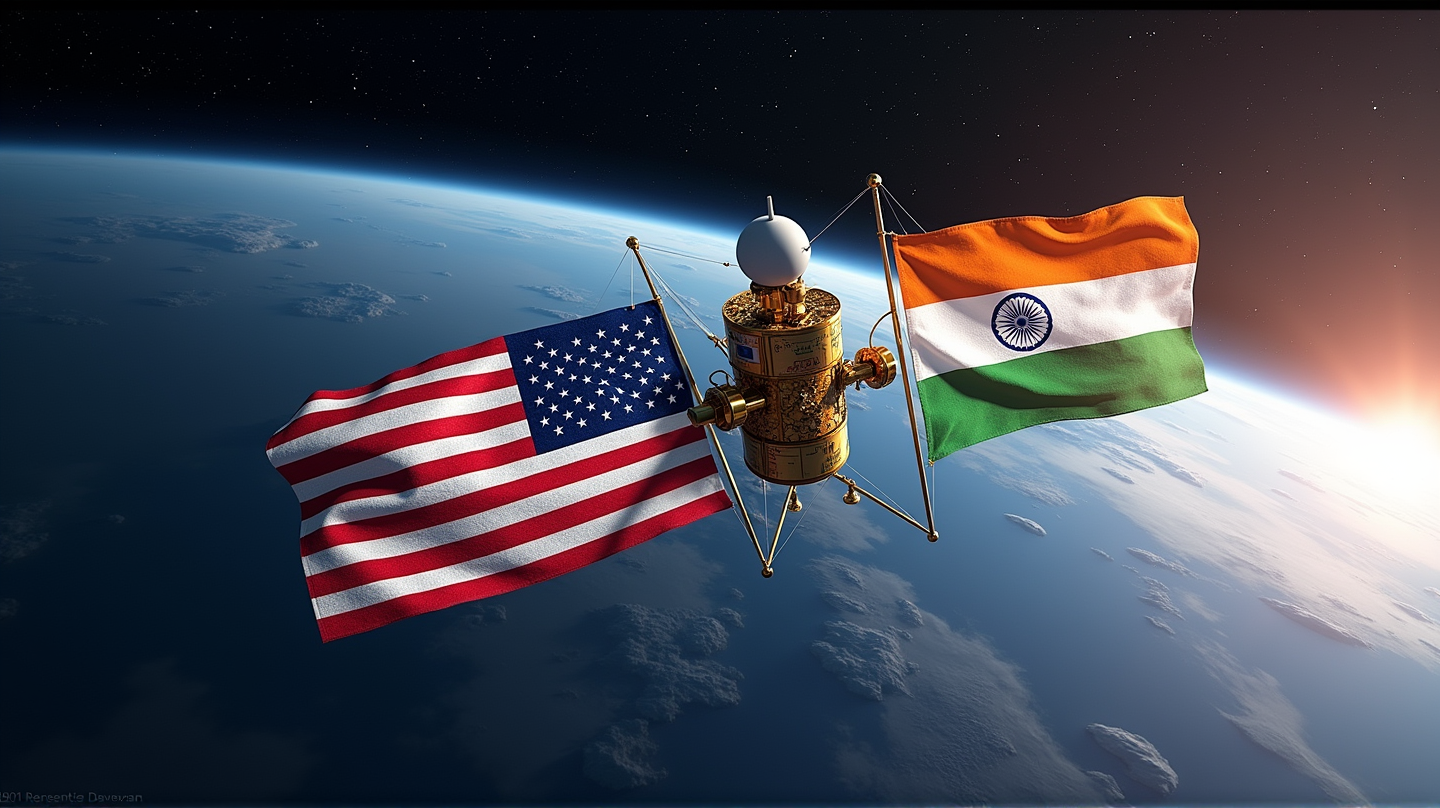US-India Space Partnership Reaches New Heights with NISAR Launch
Breaking boundaries: The NISAR launch sets a new standard for US-India space cooperation, heralding expanded collaboration in space technologies and missions.

The atmosphere during the July evening was electric, as the NASA-ISRO Synthetic Aperture Radar (NISAR) satellite took flight, marking a historic feat in space collaboration between the United States and India. This sophisticated earth observation satellite, renowned for its groundbreaking dual-radar technology, is poised to scan every inch of Earth with unprecedented precision.
A Leap in Earth Observation Technology
Boasting a design comparable to the size of a pickup truck, NISAR is equipped with both L-band and S-band radar systems. These systems excel in identifying diverse features on Earth’s surface, from subtle surface roughness to detailed moisture content. By generating terabytes of free data daily, researchers worldwide are empowered with unmatched resources to combat climate change and biodiversity loss. As stated in Deccan Herald, the satellite offers new avenues for monitoring global environmental changes.
A Decade of Collaborative Efforts
Born out of a decade-long partnership, the NISAR project is a culmination of shared expertise and ambition. The collaboration speaks volumes about the growing synergy between NASA and ISRO, transcending past challenges that once marred bilateral technology exchanges. The successful integration of cryogenic technology in the launch process is a testament to how far the partnership has come.
Future Horizons for Space Missions
While NISAR stands as a milestone, it is only the beginning of broader Indo-US space cooperation. Envisioned future plans include long-duration human spaceflight missions and advancements in planetary protection measures. The shared strides in technology promise mutual growth and innovation, with potential expansions into satellite systems, space manufacturing, and even space tourism.
Bridging Differences Through Space
While earthly trade debates may continue to sow discord, the commitment to joint exploration and scientific prowess offers a hopeful avenue for unity. The symbolic voyage of Indian astronaut Shubhanshu Shukla to the International Space Station exemplifies this spirit, fostering a collaborative future in crafting India’s own space station.
In conclusion, as NISAR commences its mission, it represents not only a new era in earth observation but a future ripe with collaborative potential. The sky is no longer the limit but a shared horizon beckoning for exploration.

